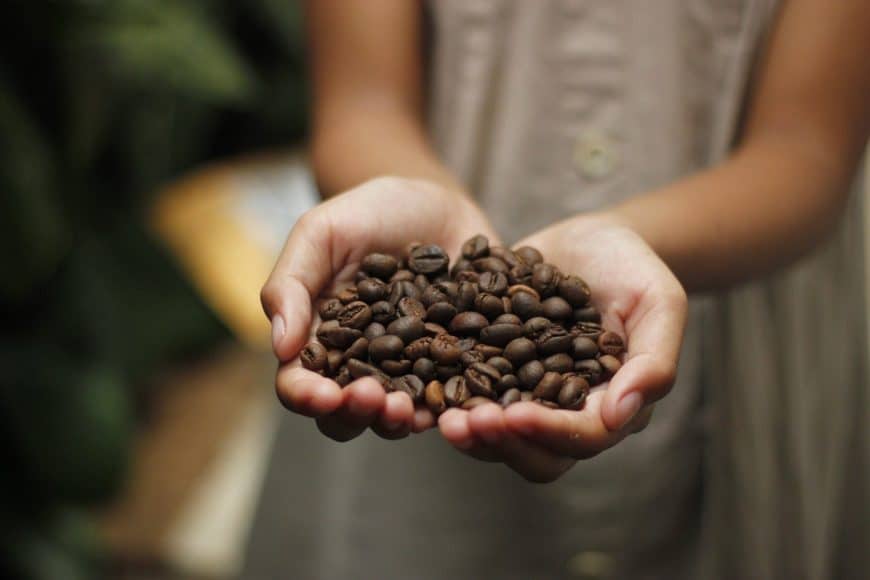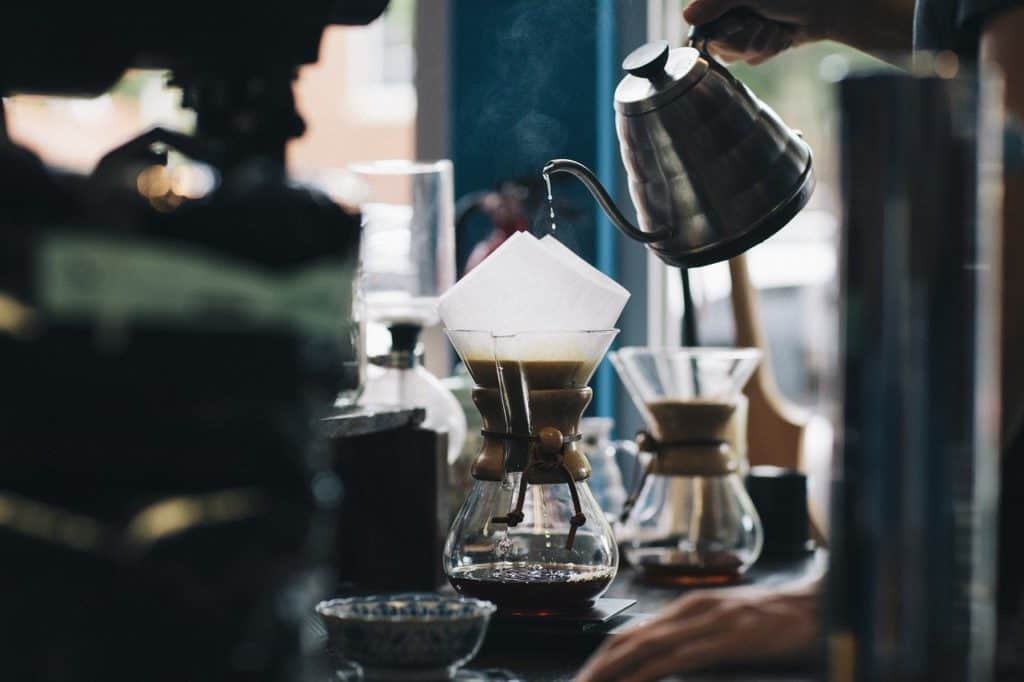
Have you been curious about how this whole coffee craze has happened? Or maybe you are just interested in finding out what the difference are between 1st, 2nd and 3rd wave coffee and how we got to this point the evolution of coffee If this is the case then I can tell that this article is for you!
So what is the difference between 1st, 2nd and 3rd wave coffee? The primary goal of First Wave Coffee was convenience, with Second Wave Coffee people began to look at specialty coffee drinks that featured higher quality roasts. With Third wave coffee it is all about the coffee itself — not the coffee shop, not the fancy mix-ins, not the specialty drinks.
If you are interested in finding out more on 1st 2nd and 3rd wave coffee, then read on. I will give you an idea on what might be coming for 4th wave coffee!
How Coffee Got its Start
The first wave began in the 1800s, the second wave arose in the latter half of the 1900s, and we’re currently experiencing the third wave right now!
Coffee seems like a rather straightforward, simple drink, right? Not quite! Hundreds of millions of pounds of coffee get consumed every year, and coffee beans have been cultivated since the 15th century.
It turns out that the history of a beverage with such immense global impact is quite rich and complicated. In the 16th century, public coffee houses began to pop up all over Arabia.
These coffee houses were quite similar to modern coffee shop or cafes — patrons would gather to enjoy coffee, watch live performances, play chess, listen to music, and debate current events.
Coffee’s ubiquity through the centuries can be traced through mentions in literature: Alexandre Dumas included a recipe for iced coffee in his Grand Dictionnaire de Cuisine, Virginia Woolf ruminated over her morning cup of coffee in her novel The Waves, and TS Eliot measured out his life with coffee spoons in his iconic poem “The Love Song of J. Alfred Prufrock.”
Over the years, the quality and quantity of coffee circulating the globe has transformed quite a bit. Experts tend to classify this transformation in terms of waves.
What is First Coffee Wave?
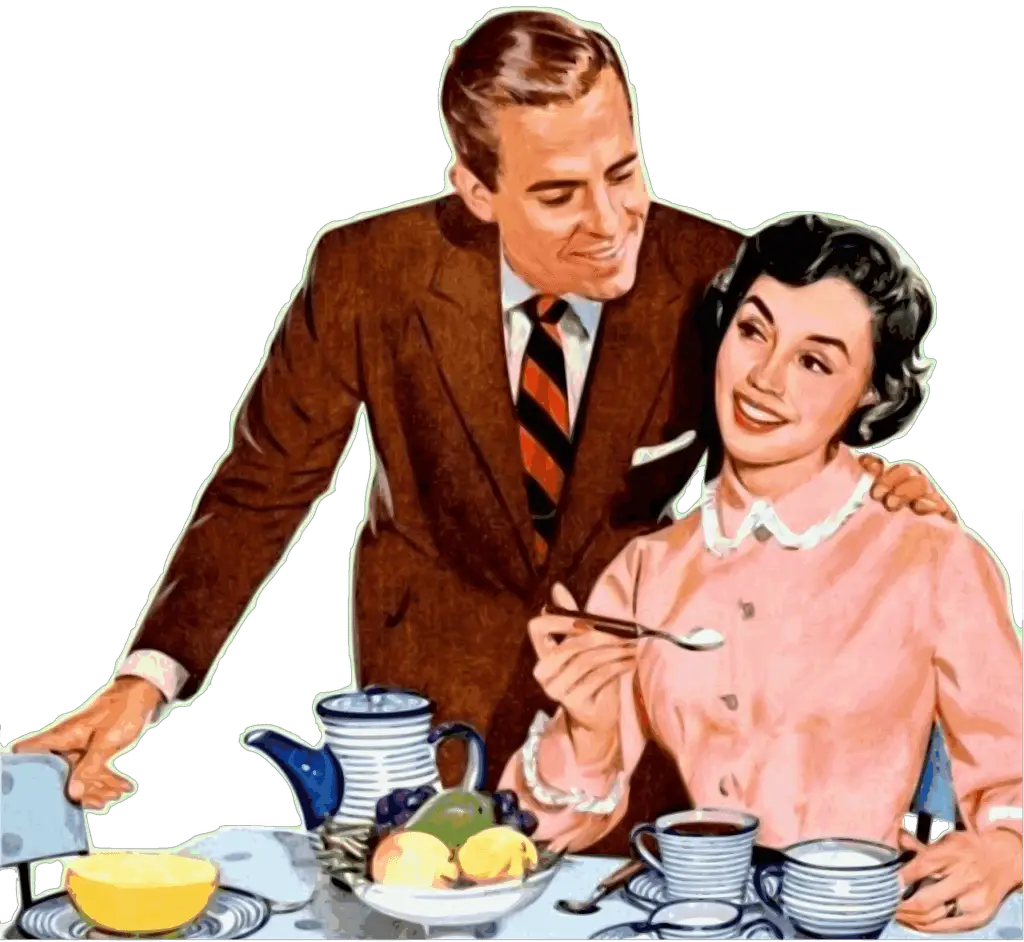
The basic economic principle of supply and demand served as the impetus for the First Wave of coffee in the late 1800s and early 1900s. As more and more Americans clamored for cheap, easily accessible coffee, manufacturers were faced with the necessity of maximizing output in order to satisfy exponentially growing demand.
In 1850, William H. Bovee founded the Pioneer Steam Coffee and Spice Mills, a company that sold roasted and pre-ground coffee beans that were ready to brew straight off the shelf. (At the time, it was more common for consumers to purchase whole, green coffee beans and roast and grind them at home.) In 1872, James A. Folger bought out Pioneer Steam Coffee and renamed it “Folgers.”
In 1892, Joel Cheek and Maxwell Colbourne founded Maxwell House Coffee, which grew famous for its proprietary blend of coffee beans. In 1900, R.W. Hills of Hills Bros. Coffee invented vacuum packaged coffee, a packing process in which air was sucked out of coffee tins, preserving the freshness of tinned coffee for much longer.
Finally, in 1903, Satori Kato patented instant coffee, innovating a method for dehydrating coffee grounds, packaging them, and allowing consumers to “brew” a cup of coffee in seconds without needing any specialized equipment.
These innovations in coffee production and packaging set the tone for the First Wave of coffee.
The primary goal of First Wave Coffee was convenience, and manufacturers and consumers alike sought the easiest, fastest way to enjoy a cup of coffee.
Of course, this emphasis on efficiency came with a price — the First Wave of coffee is often criticized for its willingness to sacrifice quality and taste for ease of preparation. As we move into the Second Wave, the diminished quality that began to characterize the First Wave of coffee gets addressed.
What is Second Wave Coffee?

As we moved into the 1970s, consumers became increasingly dissatisfied with the subpar taste of First Wave coffee. Instead of clamoring for cheap, fast, easy coffee, as their predecessors did, coffee lovers of the late 20th century began to demand specialty coffee drinks that featured higher quality roasts.
Espresso beverages and French Press coffee became increasingly popular during the advent of the Second Wave, and new coffee shops were opened to address this new demand.
In addition to selling coffee, these new shops marketed themselves as a communal meeting space where patrons could enjoy the experience of coffee in a social setting. Peet’s Coffee, the progenitor of the Second Wave, was founded in 1966 by Alfred Peet in Berkeley, California.
Peets and Starbucks Coffee
Originally, Peet’s sold gourmet, small batch, hand-roasted coffee beans to UC Berkeley students. However, it quickly expanded to sell brewed coffee and espresso drinks, growing famous for its inclusion of dark roasted Arabica coffee beans in its blends. Peet’s served as the inspiration for the most famous coffee brand of the second wave, Starbucks.
Starbucks was founded by Jerry Baldwin, Zev Siegl, and Gordon Bowker in Seattle, Washington in 1971. Interestingly, the three founders of Starbucks were protégés of Peet’s founder Alfred Peet, and were inspired by him to sell their own coffee blends and equipment.
By the 1980s, Starbucks was famous for its menu of espresso and latte drinks, satisfying a growing demand for the kinds of coffee drinks that required too much specialty equipment to prepare at home. Starbucks only grew in popularity throughout the following decades, opening over 3000 locations by the year 2000.
As of mid-2019, there is a Starbucks on every continent except for Antarctica — the company runs about 27,340 storefronts worldwide, with locations in 78 countries and territories.
Although Starbucks is by far the most prolific coffee brand of the Second Wave, other notable coffee chains of this era include Caribou Coffee, the Coffee Bean & Tea Leaf, and Seattle’s Best.
Although the Second Wave originated as a response to the growing demand for specialty coffee, around the turn of the 21st century it began to come under fire for sacrificing quality beans in favor of the “coffee shop experience.”
Essentially, that means that the actual coffee served by Second Wave coffee shops is not always as high-quality as it purports to be. In the Third Wave of coffee, we’ll see a return to the basics of coffee, where the emphasis is on quality beans, not on fancy drinks or coffee chain expansion.
What is Third Wave Coffee?
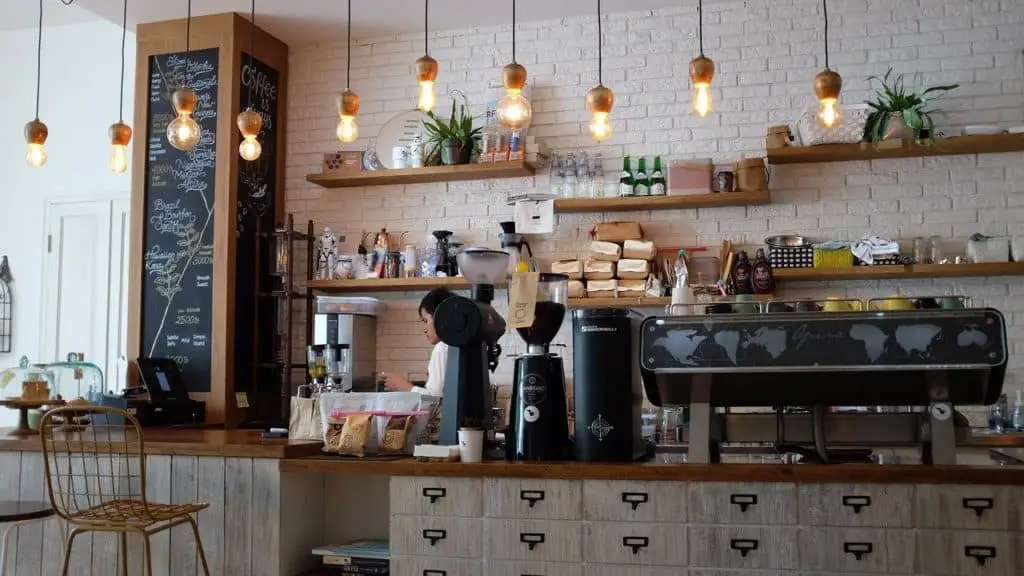
The term “Third Wave coffee” was coined by Trish Rothgeb in an article in the Roasters Guild publication, The Flamekeeper. In her article, Rothgeb defined the Third Wave as “just as much a reaction to bad coffee as it is a movement toward good coffee.”
Basically, this means that Third Wave coffee roasters have grown fed up with the deceptively subpar quality of Second Wave products, and have reacted against the Second Wave movement by founding their own companies on the principle of product first, marketing and experience second.
Third Wave coffee is all about the coffee itself — not the coffee shop, not the fancy mix-ins, not the specialty drinks.
The three most prominent figures of the Third Wave coffee movement exemplify this emphasis on quality coffee: Intelligentsia Coffee & Tea, Counter Culture Coffee, and Stumptown Roasters.
All three of these companies were founded in the late 1990s, but their popularity has recently skyrocketed as consumers have come to realize the value of good coffee.
Third Wave coffee roasters are all about transparency in the sourcing of their product — if you buy a bag of Third Wave coffee beans or visit a Third Wave coffee shop, you should easily be able to find out exactly where your coffee beans came from, down to the very farm where the beans were grown.
This transparency and honesty makes a huge difference in the flavor of your coffee; the soil quality and altitude of the coffee farm has a palpable effect on the nuances of the final product’s flavor profile.
It also makes it much easier to ensure that your coffee has been ethically sourced and produced, helping you to avoid consuming a final product that has harmed the environment or was produced by exploiting coffee growers.
Third Wave coffee shops also generally tend to be small, independently-run businesses that work hand-in-hand with coffee farms to produce small batches of hand-roasted beans, ensuring that every single step of the coffee-making process is handled with an eye for quality and a true love, appreciation, and respect for coffee and for the community as a whole.
Fair Trade and 3rd Wave Coffee
One of the most significant achievements of the Third Wave movement has been an increased public awareness of fair trade coffee. The fair trade movement seeks to help producers in developing countries achieve better trading conditions, shifting the balance away from unfair wealth distribution, prioritizing sustainable manufacturing practices, and ensuring that the workers who make fair trade products are compensated fairly for their labor.
Coffee is far from the only fair trade product — chocolate, wine, fresh fruit, tea, and handicrafts are all also popular fair trade products. Fair trade coffee was first introduced in 1988, and since then, demand for more ethically-sourced, high-quality coffee beans has skyrocketed, in large part thanks to the growing Third Wave coffee movement.
What will be the 4th Wave of Coffee?
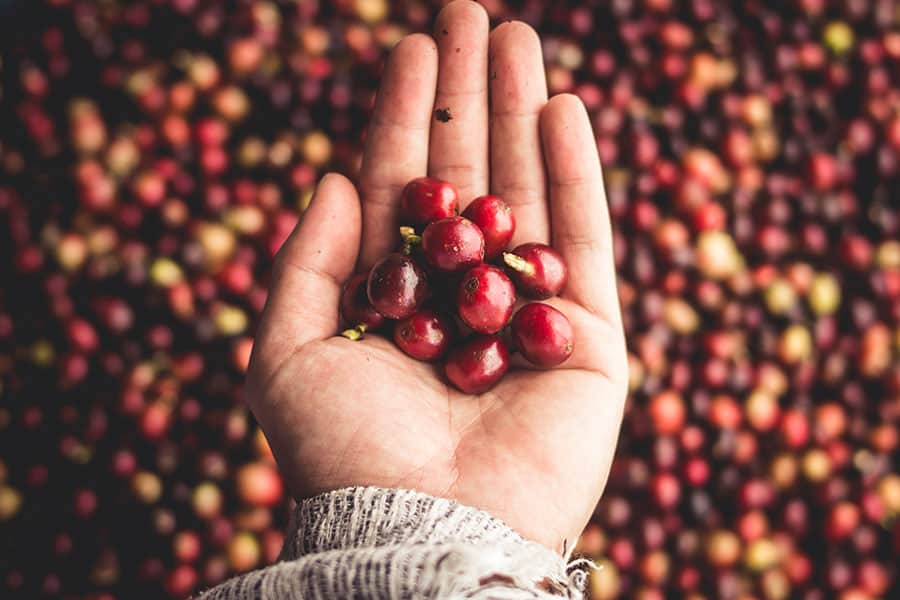
With the popularity of local, ethically-sourced coffee shops only continuing to grow, it’s difficult to imagine what might constitute the Fourth Wave of coffee. So far, with each new wave, the gap between coffee producer and coffee consumer has shrunk, bit by bit.
Right now, the Third Wave coffee movement has allowed coffee enthusiasts to source their coffee all the way to the individual farmer who harvested their beans.
Who knows? Perhaps the Fourth Wave will bring coffee production even closer to home, allowing the most devoted of coffee fanatics to try growing and roasting their own coffee beans. Only time will tell!

